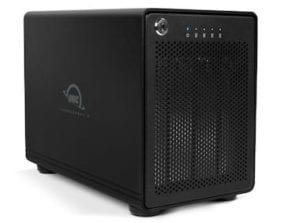 At this year’s Society of Motion Picture and Television Engineers (SMPTE) conference, Cheryl Boone Isaacs, president of the Academy of Motion Picture Arts and Sciences, asked the question that hides in the shadows of every filmmaker’s mind.
At this year’s Society of Motion Picture and Television Engineers (SMPTE) conference, Cheryl Boone Isaacs, president of the Academy of Motion Picture Arts and Sciences, asked the question that hides in the shadows of every filmmaker’s mind.
When she asked, “How do we preserve the next generation of content without film?” the audience answered her question with icy silence.
Like Isaacs, Sue Lawson, an award-winning editor of corporate videos and feature films; has had a similar concern about the preservation of her work as well as the work of her clients and colleagues in the small, tightly knit visual entertainment industry.
“When you’re on the set or doing post work on a very tight time budget, saving today for tomorrow is frequently overshadowed by the deadline,” Lawson commented. “These days, so much of our content begins and lives in a digital form, preservation has become a major issue for all content creators and post-production professionals.
“Will our work be available for others to enjoy, study and appreciate tomorrow? I hope so,” she added.
Late last year, she met with filmmakers Nick Palazzo and Antonia (Toni) G. Carey, of TONICK productions, to discuss several upcoming projects.
With business out of the way, Palazzo and Carey told her about a documentary they had been working on for about 12 years. It’s the true story about the underground world of passionate film collectors and a legion of film directors, producers and other professionals who are determined to save as much content as possible from disappearing into the air or peeling away in dark, damp storage lockers.
Lawson couldn’t resist the idea of being part of the guerrilla film preservation project and almost immediately came on board; initially, as a technical consultant and later as supervising editor and now as associate producer.
Immersing herself in the project, Lawson viewed hours of interviews with passionate film collectors and preservationists. She noted that some of the stories were humorous, others serious; but there was always an underlying desire to save and protect the living art of film.

Lawson has viewed footage with a wide variety of well-respected industry professionals including Academy Award winner Kevin Brownlow; Leonard Maltin; John Harvey; Serge Bromberg; Nicholas Eliopoulos; Joe Dante, and the late Karl Malkames.
Lawson explained that the documentary not only introduces you to the “fun and quirky” that permeate the sub-culture of film collectors and preservationists, but also takes a hard and serious look at the people who are working outside of the system. “These are just ordinary folks who feel it’s important, even vital, to collect, share and preserve films for future generations.
“Yes, it’s important for the system to know and respect this work,” she said, “but it’s also valuable to understand the neurological effect films have on people.”
Organization
Over the years, Palazzo and Carey had amassed nearly one hundred hours of interviews, archival footage and rare films. Very little of it could be reproduced if it was lost or deleted.
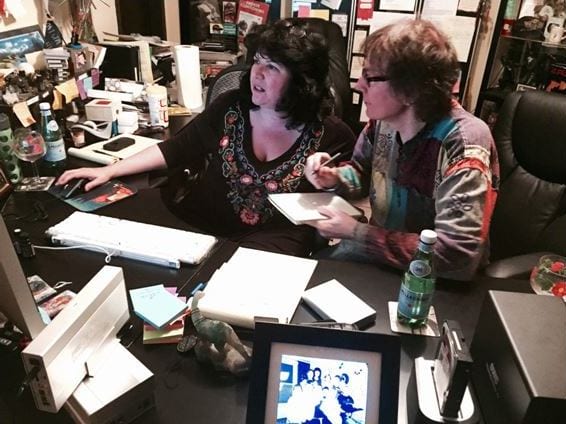
When Lawson finished her initial assessment of the project, she found she had more than 80 hours of video interviews (roughly 6TB of HD content), as well as Terabytes of archival footage, graphics, music and other stuff.
In addition, because much of the content was literally priceless and irreplaceable, Lawson insisted on redundancy on top of redundancy. Organization and back-up of everything was definitely the first order of business!
Safe, Fast Storage
For Lawson, the OWC 24TB ThunderBay 4 with SoftRAID was the heart and soul of the preservation project.
The four-drive system provided her with the high-speed performance she needed for the project. And with the software RAID, she had the flexibility to meet her reliability and file safety requirements.
“I can’t think of anything worse than working on a project highlighting film preservation and having a drive fail so you have to rebuild the entire workflow,” she said, smiling at the irony.
“But SoftRAID was designed for the Mac and the production workflow environment. It was reassuring to come in and see that the software had monitored and validated the health of every drive, 100 percent; and to know every frame, every pixel was still there,” she commented. “Fortunately, it never sent me an email saying a drive was ‘ill’; but it’s definitely nice to know it would do it if a drive was on the verge of dying.”
During their 12-years of working on the project, Palazzo and Carey had built up a library of dozens of hard drives of content. To get the material into the ThunderBay 4, Lawson used her NewerTech Voyager pop-in docking solution.
“Film school students were a valuable resource when it came to transferring all of the interviews, files and materials from the loaded hard drive; and when the transfer was completed, they’d swap it for another drive,” Lawson explained. “It was so fast and easy that one of them started to call the Voyager a data toaster.”
During the entire production/post project, Lawson worked closely with Carey and Palazzo to construct a detailed inventory and then develop a storyline to determine what materials were needed when and where for the workflow. Next, they broke the storyline down into meaningful, manageable segments so the project could be completed in a realistic time period.
Lawson noted that while she and others were networked to the main content storage solution, they still sometimes found it more expedient to use the old-fashioned “sneakernet” to transfer work-in-progress and footage from one station to another during the production process.
“There’s just something about one person completing a step, backing all the work up to the ThunderBay and moving the work around the production team on a 2TB OWC Mercury Elite Pro,” she explained. “In a way, it’s almost an homage to the process of actually handling film.”
Show Time
The three filmmakers recently produced several film trailers to launch their IndieGoGo fund- raising campaign http://igg.me/at/ReelHeroes.
People inside and outside the film industry who have previewed the trailers and seen some of the interviews have been very supportive of the project and have enthusiastically concurred that it needs to be completed so the memories can be enjoyed by students of the art as well as folks who want to know more about the many serious issues in regard to preservation; the challenges that these preservationists have faced to protect and preserve motion picture history; and diffuse the widespread misperception that a film on television, DVD or Blu-ray is completely protected. Even if there is a decent digital master of a film, the original elements may still be in danger of deterioration or loss.
Their collective goal of the three filmmakers is to complete the film by September of next year so it can premier at the Telluride Film Festival over Labor Day weekend. The event was started by the Telluride Council for the Arts and Humanities and is operated by the National Film Preserve.
Ultimately, they hope to have the film – Reel Heroes: Saving Film One Frame at a Time – gain global recognition during the intense cinephilia event.
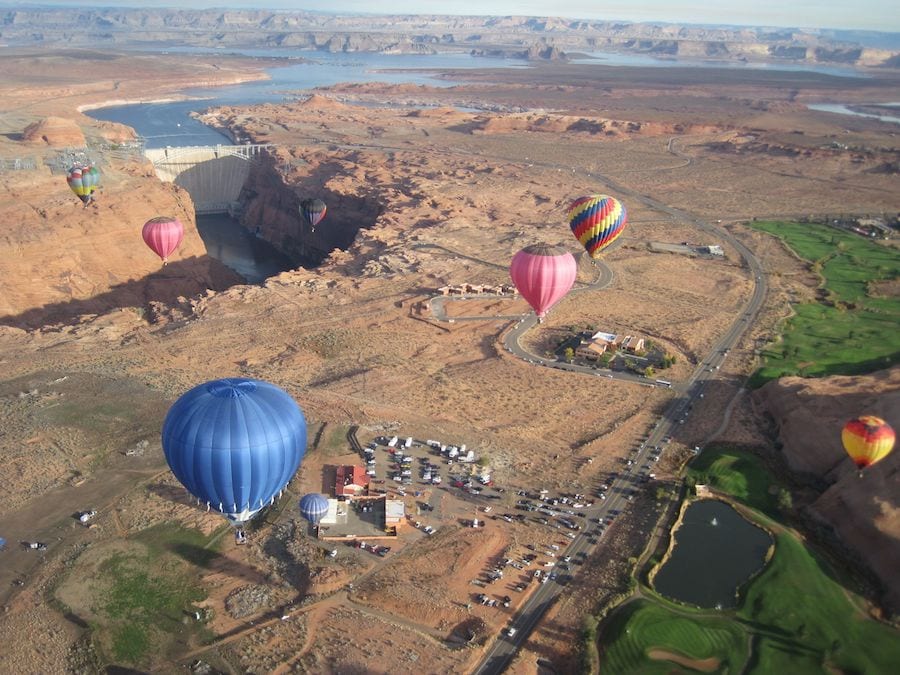

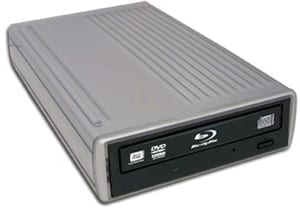

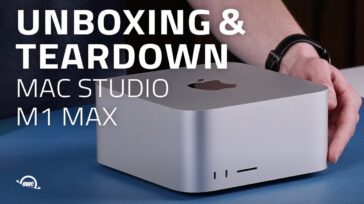




I use several OWC 24 & 32TB ThunderBay 4s with SoftRAID and I trust these products. I would caution anyone not to think that these devices alone are enough to protect valuable Data. I have on several occasions had more than one disk fail at a time. I keep several complete backups in action to the RAID 5 protection and I have had to use them on several occasions.